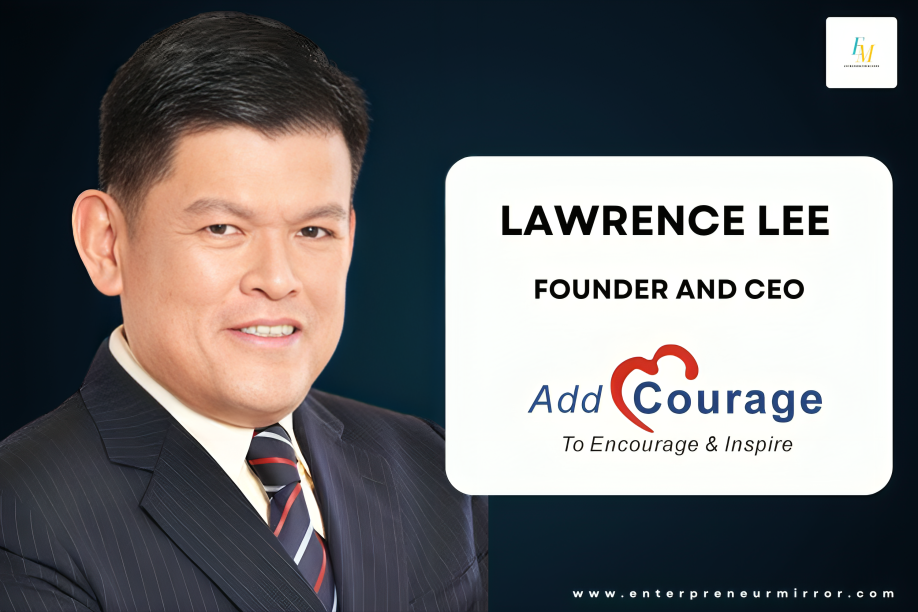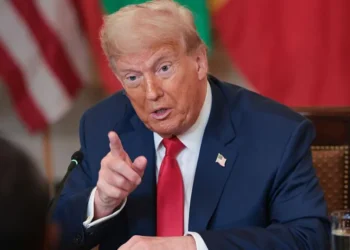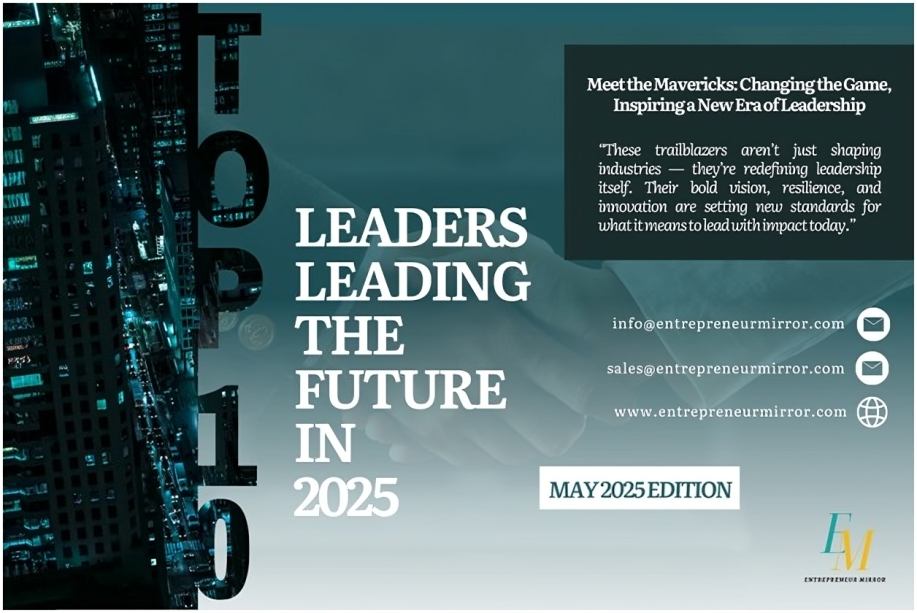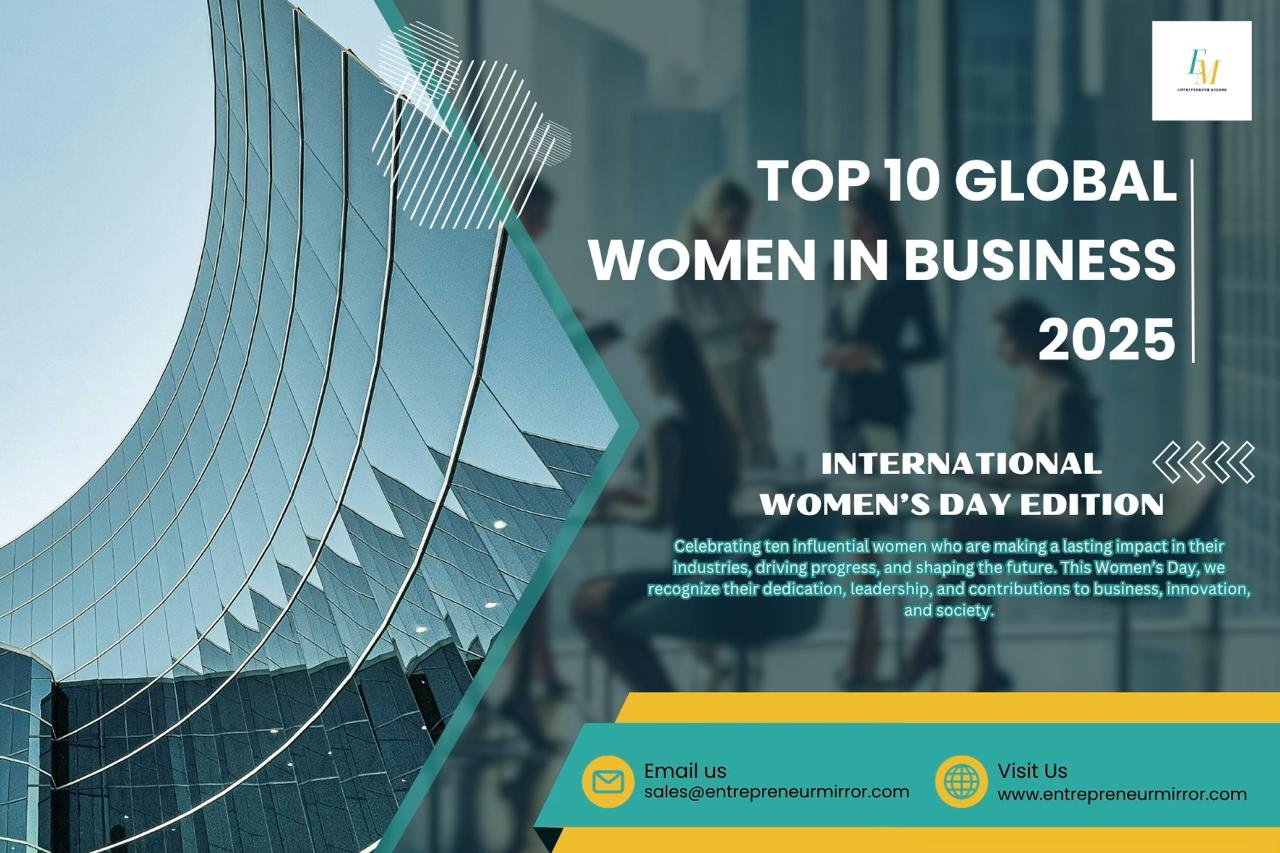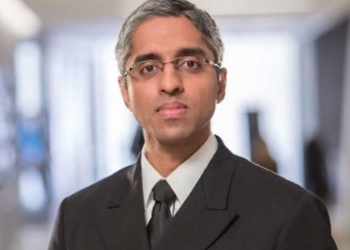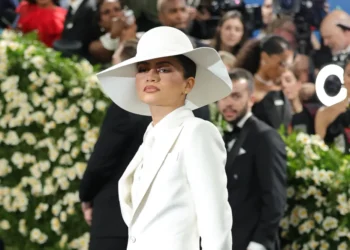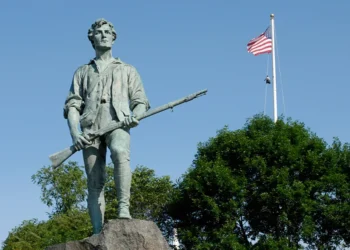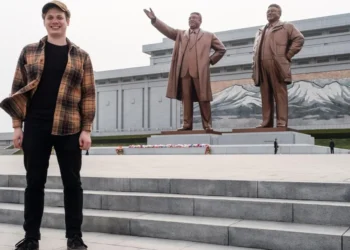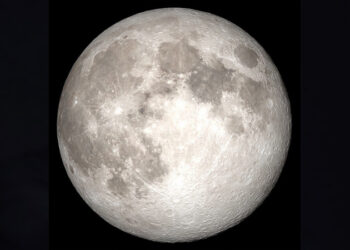Although nearly one-third of the alliance’s members have not met the current expenditure target, NATO officials, including President Trump and Prime Minister Keir Starmer, are gathering to agree on a significant boost in defence spending.
The new goal will be to invest 5% of their GDP (gross domestic product) on “core defence” and defense-related sectors like security. However, nine countries spend less than the current aim of 2% of GDP, according to the most recent NATO figures.
Trump has criticised Spain, the country with the lowest spending, calling it “notorious” for its “low spending. According to Rachel Ellehuus, head of the military research tank Rusi, there is evidence of a geographically-based expenditure divide within NATO.
“It’s those countries who are nearer to the threat from Russia in the north and the east of the alliance who consume more and as we move down to southern allies, the spending tends to go to 2%, if not lower,” she stated to BBC News.
This indicates that political pressure, particularly from President Trump, is mostly to blame. He allegedly warned a NATO leader that he would not defend a country that was late on its payments and that he would “encourage” the aggressors to “do whatever the hell they want.
Also Read:
Amid Regional Tensions, the Indian Embassy in Israel Issues a Safety Alert
Best Student Living Introduces a Budget-friendly Housing Platform


